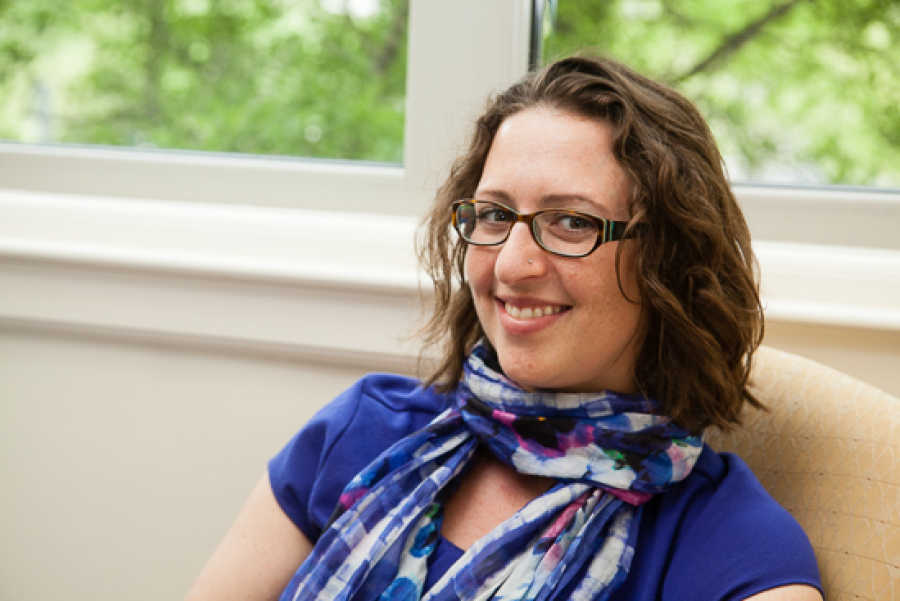Ten questions for DC Councilmember Brianne Nadeau
Chair of Bay Program’s Local Government Advisory Committee speaks on local engagement, Bay restoration

Chair of Bay Program’s Local Government Advisory Committee speaks on local engagement, Bay restoration

Comments
There are no comments.
Thank you!
Your comment has been received. Before it can be published, the comment will be reviewed by our team to ensure it adheres with our rules of engagement.
Back to recent stories